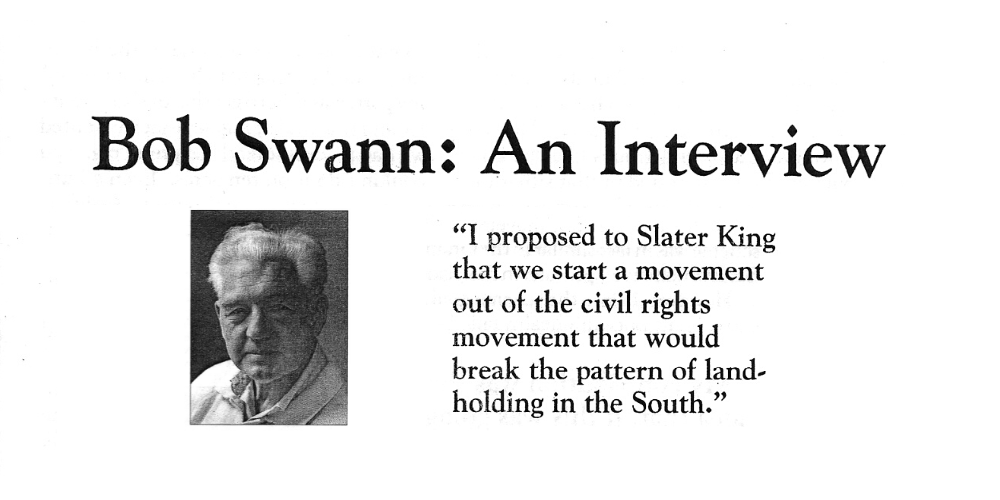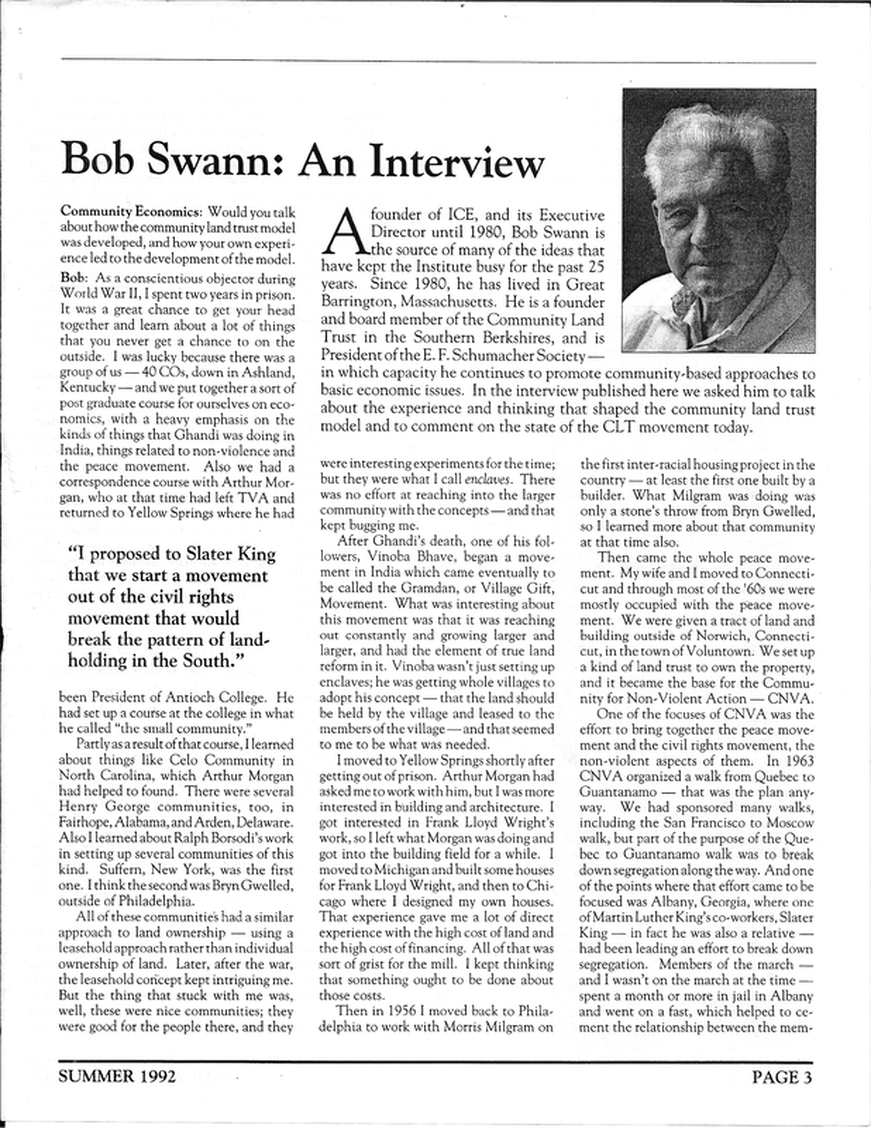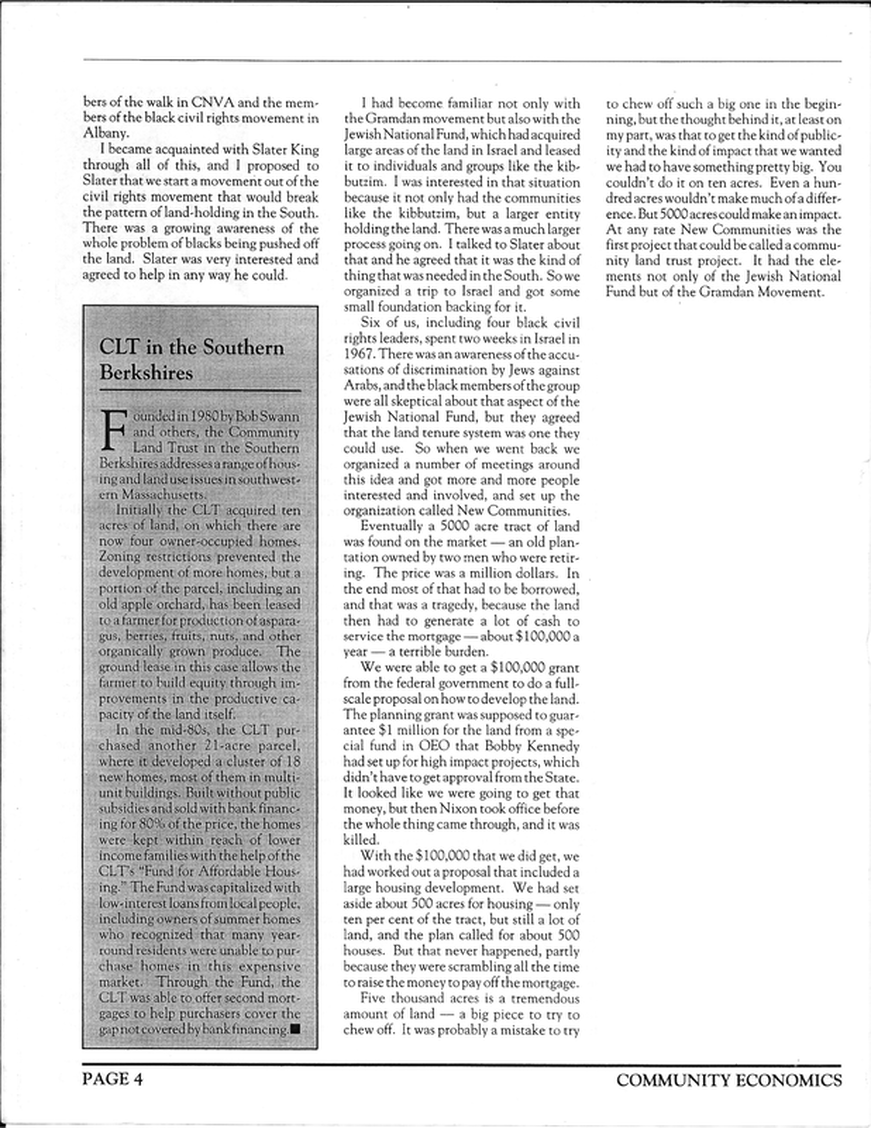|
Starting at the end of January and going through February 1964, the jail at Albany, Georgia confined several peace activists who had been arrested for violating local Jim Crow regulations. These activists had been traveling down the North American east coast on foot — some starting as far north as Canada — to spread their message of peace and reconciliation to a wide range of communities. The Quebec-Washington-Guantanamo Walk for Peace, as it has come to be known, was intended to complete its journey in Cuba; instead, the Walk was halted by the arrests at Albany. But although the activists did not make it to Cuba, the arrests of the Walk participants — and their subsequent actions in jail, including going on hunger strikes — connected Northern peace activists with Southern civil rights activists in a relationship that continued to deepen through the rest of the decade. (Read about the Quebec-Washington Guantanamo Walk for Peace: part 1, part 2, part 3) The peace movement and the civil rights movement had crossed paths in the past — the first “freedom rides” co-sponsored by the Congress of Racial Equality (CORE) and the Fellowship of Reconciliation (FOR) in 1947 included many World War II resisters — but the intersection of the two movements in Albany in 1964 resulted in one particular innovation that has seen a sort of renaissance in the last few years: the invention of the community land trust (CLT). The CLT model for land reform drew inspiration from other experiments from around the world (most notably India and Israel), but the very first CLT experiment in the United States was pioneered specifically as an offshoot of the civil rights movement. Bob Swann, a prominent member of the Committee for Nonviolent Action (CNVA) which had organized the Quebec-Washington-Guantanamo Walk, advised civil rights activists of the Albany Movement like C.B. King, Slater King, Charles Sherrod, and more as they planned the first CLT. It is a wonder that these civil rights activists — during the mid-1960s when Black confidence in white allies was at a low point — would invite a Northern white man to contribute to their project development. But Bob had shown his commitment to racial justice several times before: working closely with Black war resisters like Bayard Rustin and Wally Nelson during the Second World War; maintaining friendships with Coretta Scott and Martin Luther King, Jr. throughout the 1950s and 1960s, long after moving away; and volunteering to rebuild Black churches destroyed by violent racists in 1962. Moreover, the challenge to local Jim Crow ordinances that the CNVA presented in 1964 had proven the broader peace movement’s commitment to the civil rights cause, too. If it were not for the arrests and jailing of the Quebec-Washington-Guantanamo Walk participants (and their continued civil disobedience in jail), it is possible that the CLT would have never developed in the United States. Below is an excerpt from an interview with Bob Swann about how land reform movements in India and Israel, the peace movement in the United States and internationally, and the specific challenges of the Southern civil rights movement directly influenced the invention and development of the community land trust. We at VPT are already starting to plan some summer events, including the arrival of the Golden Rule in New London, CT in July. As the world’s first modern protest ship and a vessel originally operated by the CNVA, the Golden Rule has strong historical ties to VPT. We at VPT will put on some public events related to the ship in the months before it arrives as well as when the ship is here. To stay in the loop about these events, sign up for our newsletter: http://eepurl.com/Oqf99 — Support Us We commit a significant amount of research and writing to produce A Peace of History each week. If you like our weekly posts, please consider supporting this project with a one-time or recurring donation. Your gift will be used to continue producing more A Peace of History posts as well as the greater mission of VPT. You may type in however much you would like to give; contributions of all sizes are appreciated. Click this link to learn more about what we do and how you can donate: https://www.mightycause.com/organization/Voluntown-Peace-Trust — Source “Bob Swann: An Interview.” Community Economics (Summer 1992), p. 3-5. https://centerforneweconomics.org/publications/an-interview-with-bob-swann/ Comments are closed.
|
AuthorWrite something about yourself. No need to be fancy, just an overview. Archives
March 2023
Categories |



 RSS Feed
RSS Feed